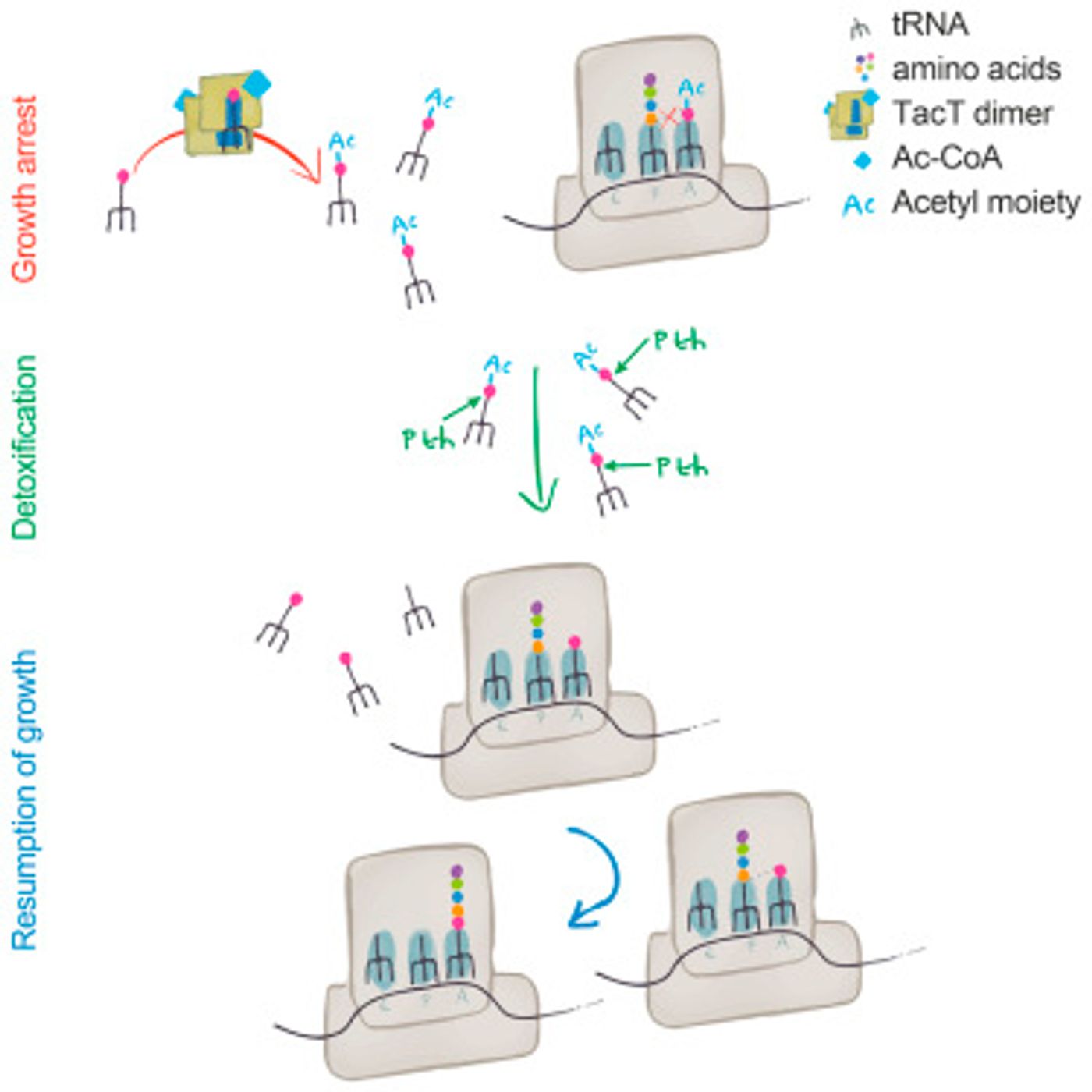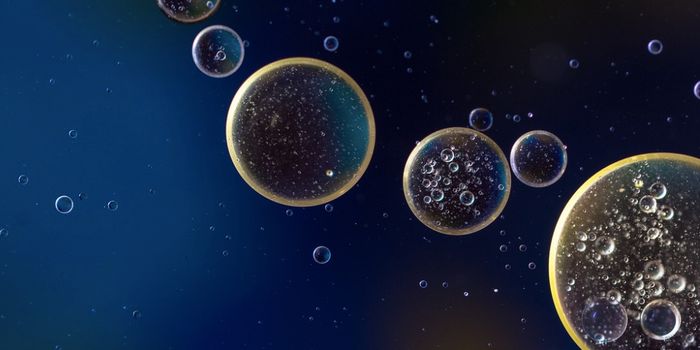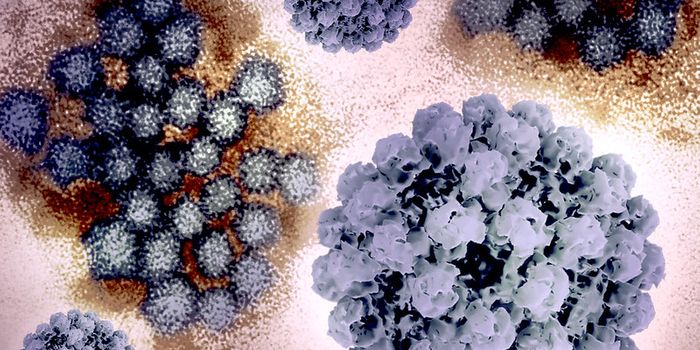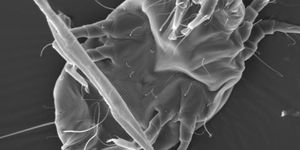Recurrent infections can be a serious problem for many patients. They can be longer lasting and more serious than a typical infection, and be harder for doctors to treat. Many factors can play into whether a treated infection with return or not. Researchers have gained some additional insight into this problem by researching pathogenic Salmonella. Not only can Salmonella go into a sort of dormant, standby mode, the new work identifies how it can be awoken, and can then initiate new infections. The investigators hope their work can be used to aid in the creation of therapeutics for persistent, hard-to-treat infections.
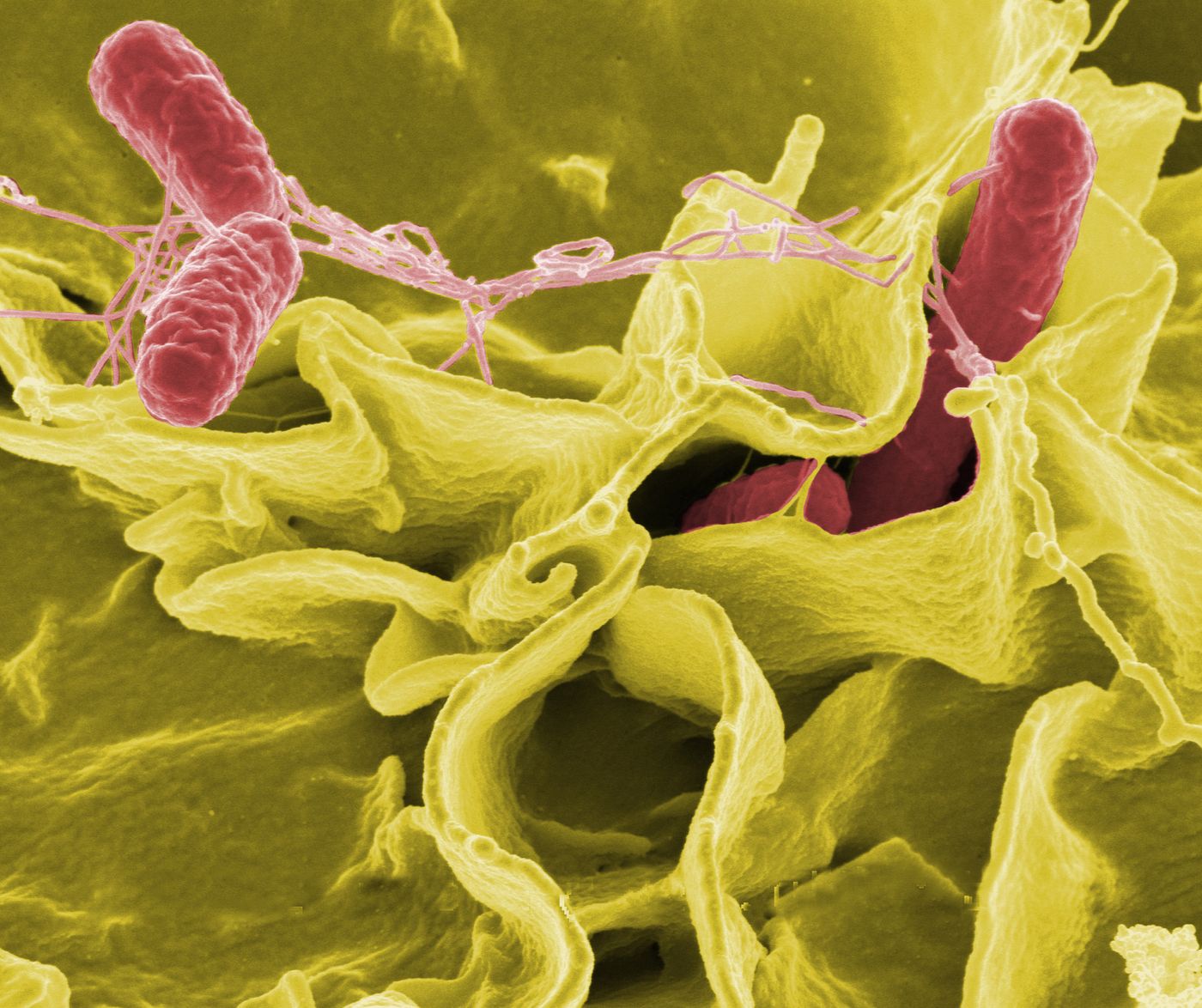
The lead author of the new work, Dr Sophie Helaine, of the Department of Medicine at Imperial College London, explains that "Whenever bacteria such as Salmonella invade the body, around a third of the bugs 'cloak' themselves as a defense mechanism against the body's immune system. They enter a type of standby mode possibly to hide from the body's immune system, that means they are not killed by antibiotics.” Other types of bacteria, such as E. coli, share this feature.
They microbes are able to survive in their dormant state for quite a long time – from days to even months. They are able to wait out the immune response, after which the cells can spring back into action and cause illness again.
"This is why, for instance, a woman may think she has recovered from a urinary tract infection, and yet days or weeks later it seems to return. Many patients may assume it's a different infection—but actually it's the same bug,” explains Helaine.
All bacteria form persisters; they are the cells that slow or halt growth and can survive an attack by the immune system or antibiotics. Their existence has been known for some time, and while these bacteria are not the same as those that have become antibiotic-resistance from a genetic alteration, they can also contribute to antibiotic resistance.
"Persisters fuel antibiotic resistance as they result in patients taking many courses of antibiotics for a single infection. The repeated courses of medication can result in some bacteria developing resistance," Helaine explains.
Helaine’s research team has previously shown that Salmonella bacteria can dose themselves with toxins that induce their standby mode.
Their new study, published in Molecular Cell, reveals the mechanism by which they detoxify themselves; the detoxification ends standby mode – the Salmonella awaken and begin growing. The graphical abstract from the work is shown below.
The team assayed over 4,000 proteins to identify the ones that wake the bacteria from standby. The investigators found an enzyme, peptidyl-tRNA hydrolase (Pth) that works as a sort of molecular alarm clock. The TacT toxin arrests growth when cells are under attack by blocking the production of new proteins. After the cell has returned to a more comfortable environment, Pth molecules interrupt the brake on protein production, which resumes growth.
"When the bacteria are under attack they go to sleep and wait for better days. Then once the immune system attack has passed, the body is once again a favourable place to start an infection, and cell growth resumes," explained Helaine.
Helaine thinks it’s likely that many bacteri, including those that can many infections of the ear, nose, throat and urinary tract, use this toxin, called TacT, to move in to a dormant state.
"If we can figure out how to control this mechanism, and force the bacteria out of stand-by, we could then treat then with antibiotics to kill them," concluded Helaine.
You can read more about bacterial persisters
here, or watch the video above.
Sources:
Phys.org via
Imperial College London,
Molecular Cell,
ASM/Applied and Environmental Microbiology

